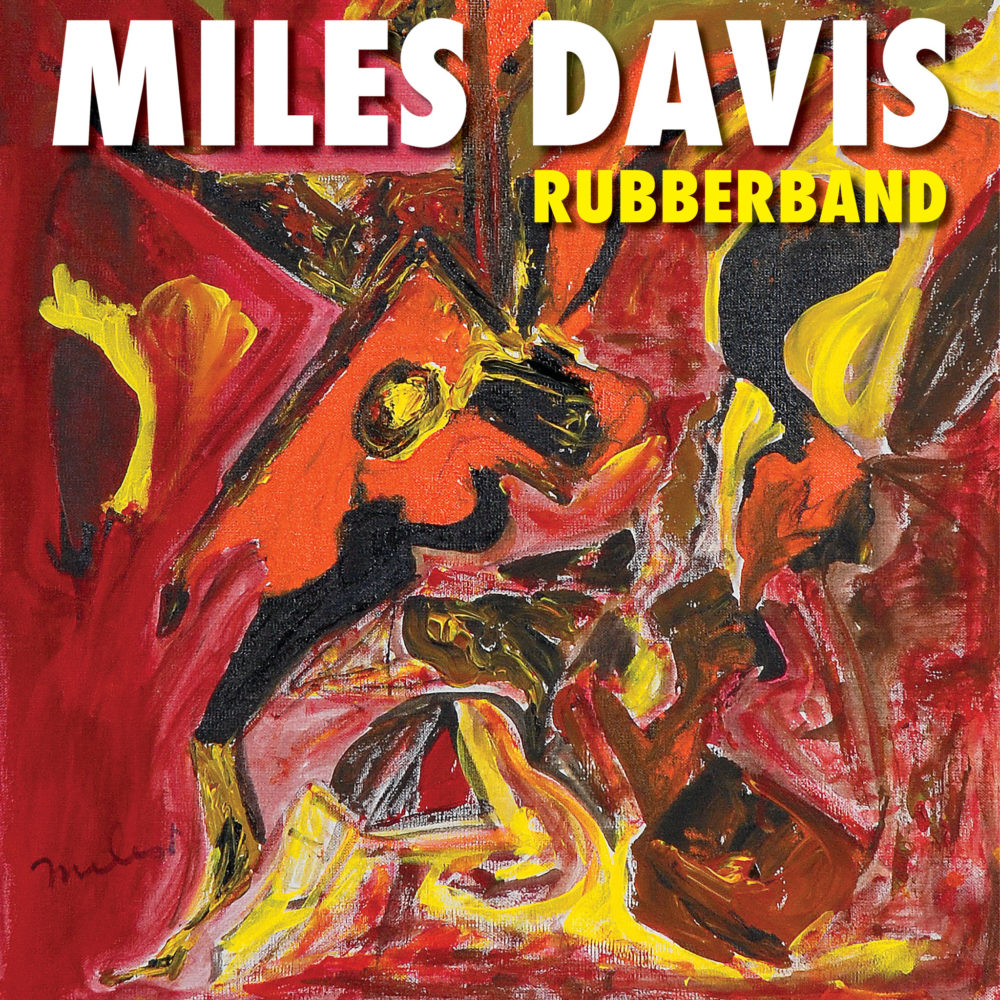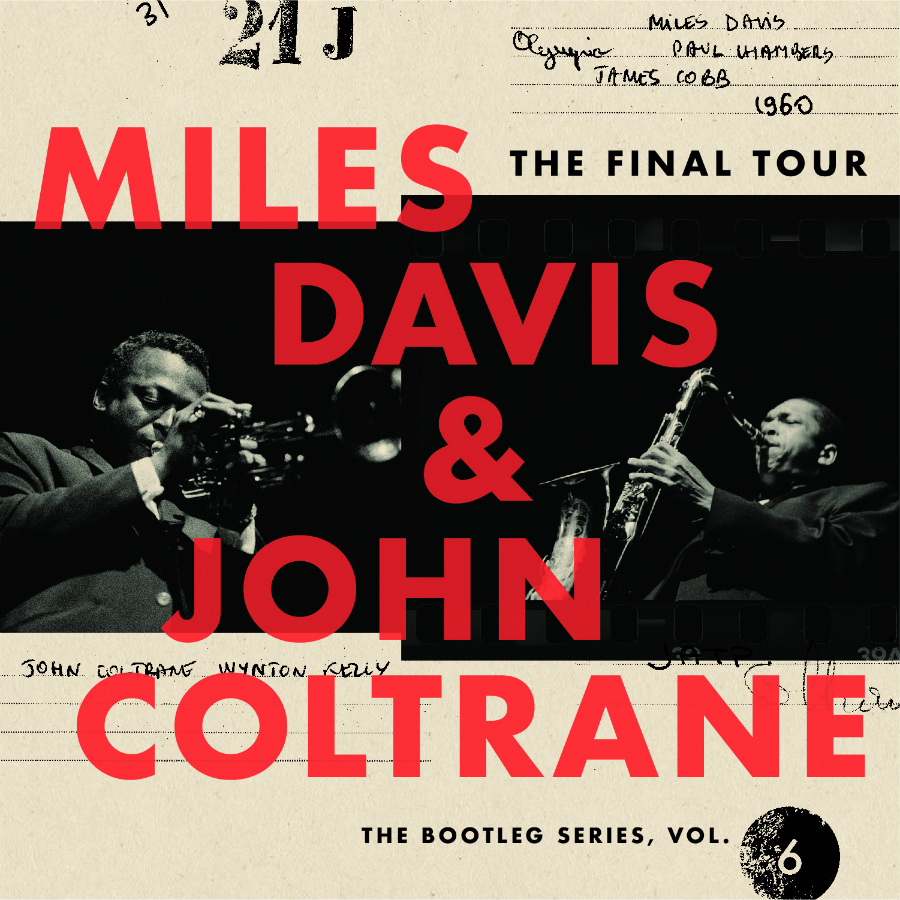
As a jazz aficionado, I know a lot of people for whom the genre is really just background music. It plays in movies and lounges and at best it sets tone and at worst it fills space but it’s not really music to pay attention to. You might be one of those people right now. If you are and you’re looking to change that, this is the album for you and the nice thing is that even if you’re already a jazz fan, it’s still the album for you.
This album comes from the film Ascenseur Pour L’Echafaud, a French noir New Wave movie. The director Louis Malle gave jazz legend Miles Davis a private screening and then Miles and his band improvised the entire score. The soundtrack is quintessentially noir but elevated to a degree you have never heard before and so a great way to see what exactly makes the difference.
This is made easier by how immediate the difference is. The opening track “Generique” hits you with Miles’ trumpet from the first note and it is a revelation. He gets such a bold, confident sound from the instrument and it’s completely suffused with the melancholy of the noir. I don’t know if you normally consider the trumpet to be a lonely instrument, but the emotion that Miles builds in this track is undeniable.
His trumpet work in the following “L’Assassinat De Carala” is similarly spectacular. He holds his notes much further than you would expect and so keeps you off-balance. It’s never quite the notes you expect, but they’re never out of place.
There are however a couple of tracks that don’t quite fit. “At Bar Du Petit Bac” is closer to generic lounge jazz than I would like albeit done well enough not to warrant much complaint. Similarly, “Sur L’Autoroute” feels out of place. It’s solid frenetic jazz and the drum work deserves special attention for the amount it puts into the space behind the brass, but it still doesn’t really fit into the noir of the rest of the album. The trumpet and sax both get decent solos as well here. It would be quite the solid track in a different album.
On the other hand, “Visite du Vigil” is unique in the album for the space that it gives the bass, but it fits in perfectly with the rest. The way the track builds up perfectly with so few moving parts is a monument of skill.
The album finishes with “Chez Le Photographe Du Motel” which again brings back the focus on the trumpet and the noir. It’s cinematic and evocative. You can see the gumshoe on the rainy road as it plays. Barney Wilen’s sax is more muted but maintains the emotion and goes into some very interesting solo work. The trumpet solo over a very gentle piano and brush is astonishing though. Throughout this album, Miles sets tone and emotion in a way that’s deeply familiar but with a skill that’s exceptional. You may have heard noir jazz before, but you’ll never have heard any this good.









